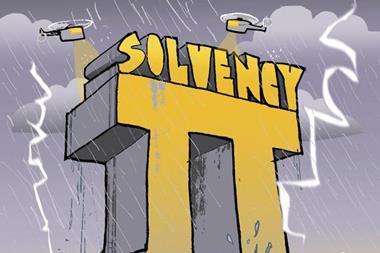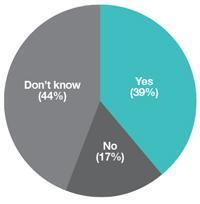Internal models versus the standard formula
Right now, most UK insurers are focusing on the pillar I aspects of Solvency II: that is, calculating their solvency capital requirement (SCR) and demonstrating that they have the financial resources to cover it.
Companies have a choice as to whether to use the standard formula to calculate their SCR, or develop an internal model that better reflects their own risk profile.
It’s also possible for insurers to apply the standard formula to some parts of their business, while using a bespoke model for others – known as a partial internal model.
If insurers decide to develop an internal model, it must be approved by the FSA. A total of 77 UK insurers have indicated they will seek internal model approval, with the current window for applications set for April and May 2012. The FSA is handling these applications in two tiers: the top 10 largest insurers plus Lloyd’s of London; and the rest. The bar is equally high for both groups, although tier one will receive closer scrutiny.
The big challenge for insurers is to demonstrate to the FSA that the internal model is embedded within their business decision-making right up to board level. “For the regulator to be able to rely on the model for calculating the SCR, it must be able to see that the company is also relying on it to make decisions,” says PricewaterhouseCoopers partner Charles Garnsworthy. “Companies are finding this challenging because it’s more a principle than a set of tasks to fulfil.”
Read more on the standard formula on pages 20-22.
To see the full article, click on the pdf link, right.
Downloads
IT_Knowledge_BigStory
PDF, Size 0.13 mb






































No comments yet